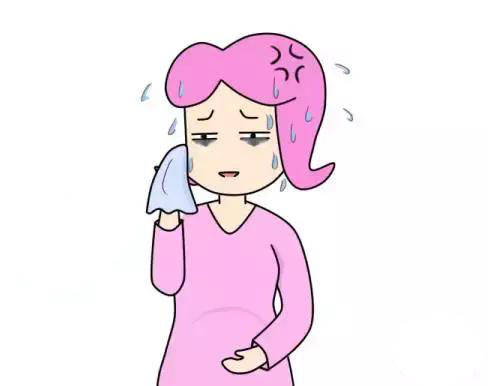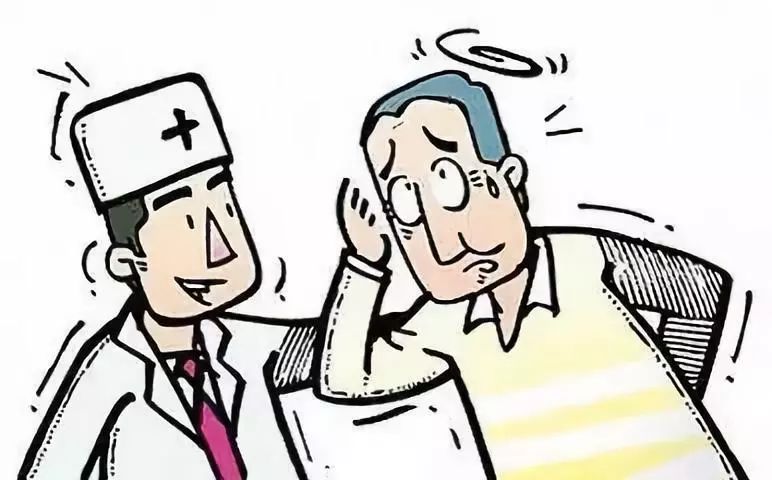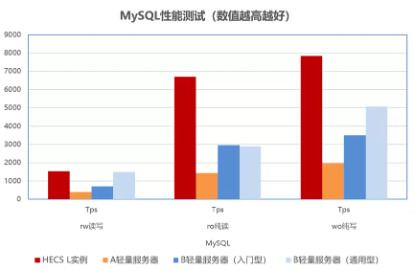<!DOCTYPE html>
<html lang="en">
<head>
<meta charset="UTF-8">
<meta name="viewport" content="width=device-width, initial-scale=1.0">
<title>Dealing with Non-Stop Sweating and Low Fever</title>
</head>
<body>
<h1>Dealing with Non-Stop Sweating and Low Fever</h1>
<h2>Understanding the Symptoms</h2>
<p>When faced with a situation where one is experiencing non-stop sweating combined with a low-grade fever, it can be quite unsettling. These symptoms can indicate a range of underlying conditions, some of which may be serious. It's important to first understand the symptoms and their potential causes.</p>
<h2>Causes of Excessive Sweating and Low Fever</h2>
<p>Excessive sweating, or hyperhidrosis, can be caused by a variety of factors. It might be due to heat, stress, or certain medications. On the other hand, a low-grade fever, typically defined as a body temperature between 100.4°F (38°C) and 102°F (39°C), can be a sign of various health issues. Here are some common causes:</p>
<ul>
<li><p>Heat exhaustion or heat stroke: These are common causes of excessive sweating and low fever, especially in hot weather or during intense physical activity.</p></li>
<li><p>Stress and anxiety: Psychological factors can lead to non-stop sweating and a low-grade fever as the body's response to stress.</p></li>
<li><p>Infection: Bacterial, viral, or fungal infections can trigger both sweating and fever as the body tries to fight off the invader.</p></li>
<li><p>Medications: Certain medications, such as those used to treat high blood pressure or psychiatric conditions, can cause excessive sweating and fever as side effects.</p></li>
<li><p>Endocrine disorders: Conditions like hyperthyroidism or diabetes can disrupt the body's hormonal balance, leading to sweating and fever.</p></li>
<li><p>Nervous system disorders: Disorders affecting the nervous system can cause abnormal sweating patterns, which may be accompanied by low-grade fever.</p></li>
</ul>
<h2>What to Do When You Experience These Symptoms</h2>
<p>If you find yourself with non-stop sweating and a low fever, here are some steps you can take:</p>
<ol>
<li><p>Rest: Give your body the chance to rest and recover. Avoid intense physical activity and rest in a cool, well-ventilated room.</p></li>
<li><p>Stay Hydrated: Drink plenty of fluids to stay hydrated, especially water and electrolyte-rich drinks if you are also sweating excessively.</p></li>
<li><p>Monitor Your Temperature: Keep track of your body temperature to determine if it is rising, which might indicate a more severe infection.</p></li>
<li><p>Seek Medical Attention: If the symptoms persist for more than a day, or if you have additional symptoms such as cough, shortness of breath, or intense pain, it's important to seek medical attention.</p></li>
<li><p>Follow Medical Advice: If a healthcare professional diagnoses a specific condition, follow their advice regarding treatment and medication.</p></li>
</ol>
<h2>When to Worry</h2>
<p>While non-stop sweating and a low-grade fever are common symptoms and can often be managed at home, there are certain situations where you should be more concerned:</p>
<ul>
<li><p>Fever that lasts for more than three days.</p></li>
<li><p>Severe sweating that causes dehydration.</p></li>
<li><p>Chills, severe headache, confusion, or other neurological symptoms.</p></li>
<li><p>Difficulty breathing, or signs of severe infection such as a rash or pinpoint red spots.</p></li>
<li><p>History of chronic health conditions or immunodeficiency that might make you more susceptible to severe infections.</p></li>
</ul>
<h2>Conclusion</h2>
<p>Dealing with non-stop sweating and a low-grade fever can be challenging, but it's important to take these symptoms seriously and seek appropriate medical care if they persist. By understanding the potential causes and knowing when to seek help, you can take the necessary steps to ensure your health and well-being.</p>
</body>
</html>转载请注明来自舒臣办公:复印机、打印机租赁与销售服务,本文标题:《汗不断还低烧,出汗但是低烧不退 》
百度分享代码,如果开启HTTPS请参考李洋个人博客










 蜀ICP备2022005971号-1
蜀ICP备2022005971号-1
还没有评论,来说两句吧...